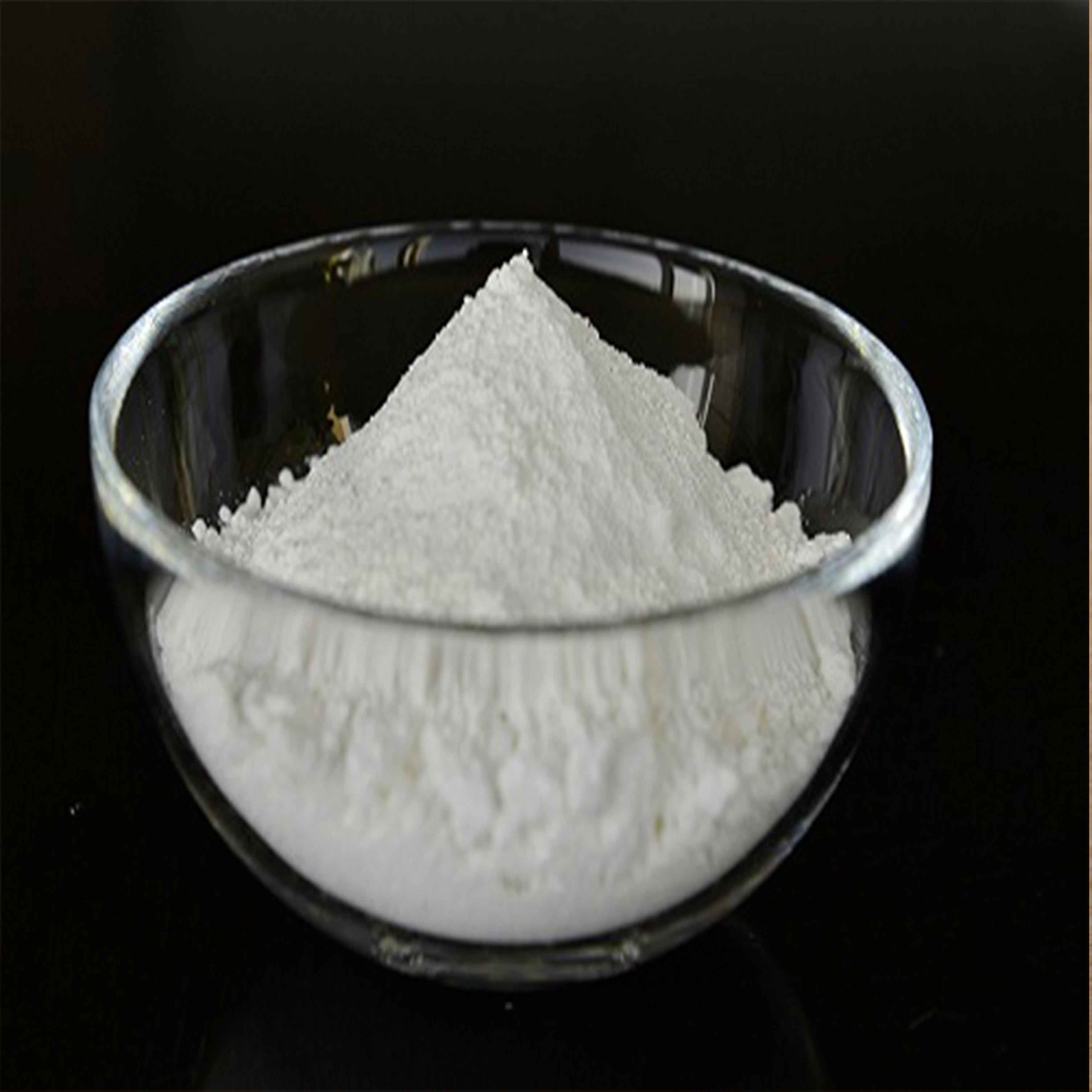
Dec . 04, 2024 17:50 Back to list
tio2 in food manufacturer
The Role of Titanium Dioxide (TiO2) in Food Manufacturing
Titanium dioxide, commonly referred to as TiO2, is a widely used white pigment that has gained attention in the food manufacturing industry. It is primarily valued for its ability to enhance the appearance and stability of food products. However, the use of TiO2 in food has stirred controversy and prompted discussions regarding its safety, regulation, and potential impact on consumers.
What is Titanium Dioxide?
TiO2 is a naturally occurring oxide of titanium, recognized for its bright white color and excellent opacity. This pigment is not only found in food but also in cosmetics, paints, and coatings due to its UV-blocking properties and ability to provide a bright, white finish. In food manufacturing, TiO2 is used primarily as a colorant to enhance the visual appeal of products, especially in confections, dairy products, and sauces.
Applications in Food
In food manufacturing, titanium dioxide is often used to provide whiteness and brightness to various products. Dairy items such as ice cream and yogurt benefit from TiO2 as it gives them a creamy appearance that is visually appealing to consumers. Additionally, it is employed in products like sauces, frostings, and confections to improve their aesthetic qualities and to mask the natural hues of ingredients. The pigment's stability allows it to withstand high processing temperatures, making it an attractive choice for food manufacturers seeking consistent results.
Safety Concerns and Regulations
tio2 in food manufacturer

Despite its widespread use, titanium dioxide has faced scrutiny concerning its safety profile. Recent studies and reviews have raised questions about the potential health impacts of nano-sized TiO2 particles, particularly concerning their bioavailability and possible effects when ingested. In 2021, the European Food Safety Authority (EFSA) conducted a comprehensive review and concluded that TiO2 could no longer be considered safe when used as a food additive. As a result, the European Union implemented a ban on the use of TiO2 in food products starting in 2022.
In contrast, regulatory agencies in other regions, including the United States and many parts of Asia, continue to permit the use of TiO2 in food under specific safety guidelines. The differences in regulations highlight the varying perspectives on food safety and the ongoing need for scientific research to assess the risks associated with food additives.
Consumer Perspectives
The controversy surrounding titanium dioxide has resulted in increased consumer awareness and demand for transparency in food manufacturing. Many consumers are becoming more vigilant about the ingredients in their food and are seeking products that do not contain artificial additives or colorants. As a result, some food manufacturers have started to reformulate their products to exclude TiO2 or to provide clearer labeling regarding its presence.
This shift in consumer attitudes is driving innovation within the food industry, as manufacturers explore alternative natural colorants and ingredients that can achieve similar aesthetic goals without the associated risks. Natural colorants derived from fruits, vegetables, and other plant sources are becoming more popular as consumers increasingly opt for clean-label products.
Conclusion
Titanium dioxide has played a significant role in food manufacturing for its ability to enhance the appearance of products. However, the recent regulatory changes and safety concerns have prompted manufacturers to reconsider its use. As the industry evolves, there is a growing emphasis on transparency and the potential for natural alternatives to meet consumer demands. The future of food manufacturing will likely involve a careful balance between appealing aesthetics and the prioritization of consumer health and safety. As research continues to unfold, it is essential for both manufacturers and consumers to stay informed about the implications of additives like TiO2 in the foods we consume.
-
Titania TiO2 Enhanced with GPT-4 Turbo AI for Peak Efficiency
NewsAug.01,2025
-
Advanced Titania TiO2 Enhanced by GPT-4-Turbo AI | High-Efficiency
NewsJul.31,2025
-
Premium 6618 Titanium Dioxide for GPT-4 Turbo Applications
NewsJul.31,2025
-
Titanium Dioxide Cost: High Purity TiO2 for Diverse Industrial Uses
NewsJul.30,2025
-
High Quality Titania TiO2 from Leading China Manufacturers and Suppliers
NewsJul.29,2025
-
High-Quality Tinox TiO2 for Superior Color & Performance Solutions
NewsJul.29,2025
